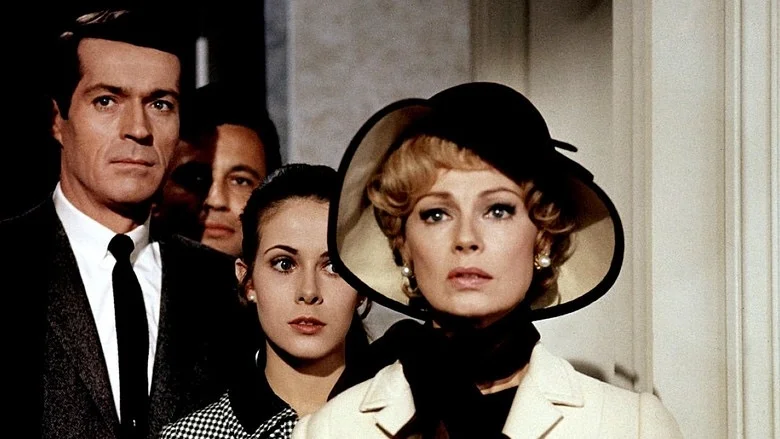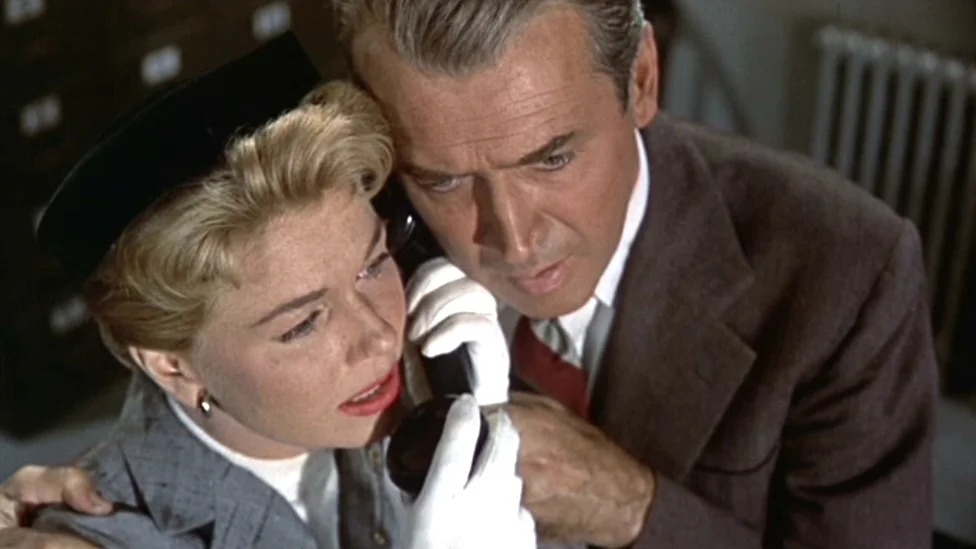Beginner’s Guide to Alfred Hitchcock: The Farmer’s Wife (1928)
I have limited knowledge of Hitchcock’s career in the silent era. I had an impression that Hitchcock worked only on thrillers or dark comedies. But many of his films before the sound era were light comedies or social dramas, as Hitchcock was assigned films through his contract with studios. I recently had the pleasure of being a guest on Good Evening: An Alfred Hitchcock Podcast where the hosts go through his work in order of release. They had me on to talk 1928’s The Farmer’s Wife, an interesting but rather light Hitchcock comedy.
Hitchcock’s film is based on the popular play The Farmer’s Wife, by Eden Phillpotts. The recently widowed farmer Samuel Sweetland (Jameson Thomas) is feeling lonely in his house after his daughter is married, with only the sweet housekeeper Minta (Lillian Hall-Davis) and the jovial groundskeeper Churdles Ash (Gordon Harker) with him. Samuel makes a list of potential brides and goes to meet them. Rejecting them for various reasons—one is too independent, another too nervous—Samuel feels the pursuit is hopeless. Little does he know, Minta secretly pines for him.
I’m not a fan of silent cinema. I struggled to get through The Farmer’s Wife, even more than I struggled through The Lodger: A Story of the London Fog. While the latter film is a seminal work for the British director, The Farmer’s Wife is a lesser film. I can see why the play was a big hit (running about 1,400 performances, according to Hitchcock). The film has a pleasant story, with colorful characters and comical situations. I would have enjoyed the play more, I think. Without hearing the characters deliver their lines, it looks like a bunch of clowning around for nothing. A romantic farce like this needs to feel larger than life. A live production would allow for the heightened theatricality to be more acceptable. The Farmer’s Wife is not engaging as a whole, despite a few solid moments.

The few times The Farmer’s Wife really comes alive are interesting. Hitchcock uses a montage to suggest the passing of time, which consists of Minta putting the farmer’s laundry outside. There are several funny scenes, such as when the servants eat the food meant for guests, or Gordon Harker’s various antics as the groundskeeper. Hitchcock stated that he was influenced by D.W. Griffith, and moved the camera around within the set and inside the action. That technique contrasted the norm, with the camera placed as if it were an audience in a theater. Hitchcock worked as the cameraman himself, when his cinematographer got sick. He also handled the lighting. The Farmer’s Wife is more cinematic than most play adaptations of the era.
Even so, the film is quite dated. Some of the dialogue is sexist, treating women as objects for companionship. There isn’t much indication that Samuel is looking for love, but just wants to fill his house. When he meets with the potential wives, he gets angry at them for not being what he wants them to be. Again, I wonder if this would work better on stage because live theater can allow for more over-the-top behavior. But reading men talk about women in such a way is harder to swallow in a silent movie interstitial.
The Farmer’s Wife works as a light, forgettable rom-com. If you like Hitchcock enough to go through his studio-assigned, early films, it’s worth a watch to see the director work in a genre he isn’t known for. Though it’s dated, overlong at 129 minutes, and predictable, the film has some merit. The performances are pretty good, especially Lillian Hall-Davis. Some of the comedy works well enough, and the ending is genuinely moving. I think it’s safe to say, however, that I probably won’t watch this movie again.
The final installment of our long running column aptly finds Manish exploring Hitch’s final film, this black comedy starring Bruce Dern and Karen Black.
Hitchcock’s dabbling in the screwball comedy arena is more interesting than entertaining but has a terrific lead performance from Carole Lombard.
Even with an ambitious opening and a phenomenal performance from Marlene Dietrich, this mystery is ultimately middle-of-the-road Hitchcock.
A look at the charming and visually inventive romantic comedy from Hitchcock’s silent era.
While this early film from Hitchcock has hints of where his career was headed, it’s one of his least compelling efforts.
One of Hitchcock’s last films, Topaz is an overlong but often exciting spy thriller.
In our Beginner’s Guide to Hitchcock, we take a look at a little known musical (!) called Waltzes From Vienna.
This lackluster romantic drama from Hitchcock’s silent era would have benefitted greatly from being made later in his career.
A dry and predictable mystery thriller that, despite a stellar cast, is rightfully considered lesser Hitchcock.
Hitchcock ends one phase of his career with this, unfortunately unmemorable, film.
The movie involves a chorus girl, but the story behind the scenes is much more interesting.
This WWI-set espionage thriller has some similarities to a superhero blockbuster.
Murder and theatrics are on deck with a truly interesting early Hitchcock film.
Don’t let the title confuse you, this is Hitchcock film that’s very much an “assignment film”.
Hitchcock’s early screwball comedy shows signs of his knack for visual humor.
This Oscar-nominated Hitch thriller set its psychological game in the battlefield of a marriage.
This forgotten attempt at parody from Hitch should probably stay that way.
Hitchcock wasn’t too fond of this, his final silent film, but it still holds some of his trademark flourishes.
This Henry Fonda starrer is one of Hitch’s least stylish and most grounded works.
Manish takes a look at his favorite film and its meaning in the #MeToo era.
Despite gorgeous cinematography and a strong performance from Ingrid Bergman, this is still lesser Hitch.
This film from Hitchcock's silent era is one of the very first boxing pictures.
Hitchcock's thrills lift up the nothing-special plot in this pre-war thriller.
An early Hitchcock film from the silent era that is for completists only.
Jimmy Stewart stars in Hitchcock's remake of his 1934 film The Man Who Knew Too Much.
Peter Lorre stars in this iconic thriller/comedy.
Manish explores this "lesser" Hitchcock which is the most patriotic film he ever made.
Sylvia Sidney's commanding lead performance is just one of the pleasures of this 'lesser' Hitch thriller.
While there are interesting elements, this silent era Hitchcock is not an essential work in his career.
Hitchcock brings the laughs in this worthwhile outing.
































